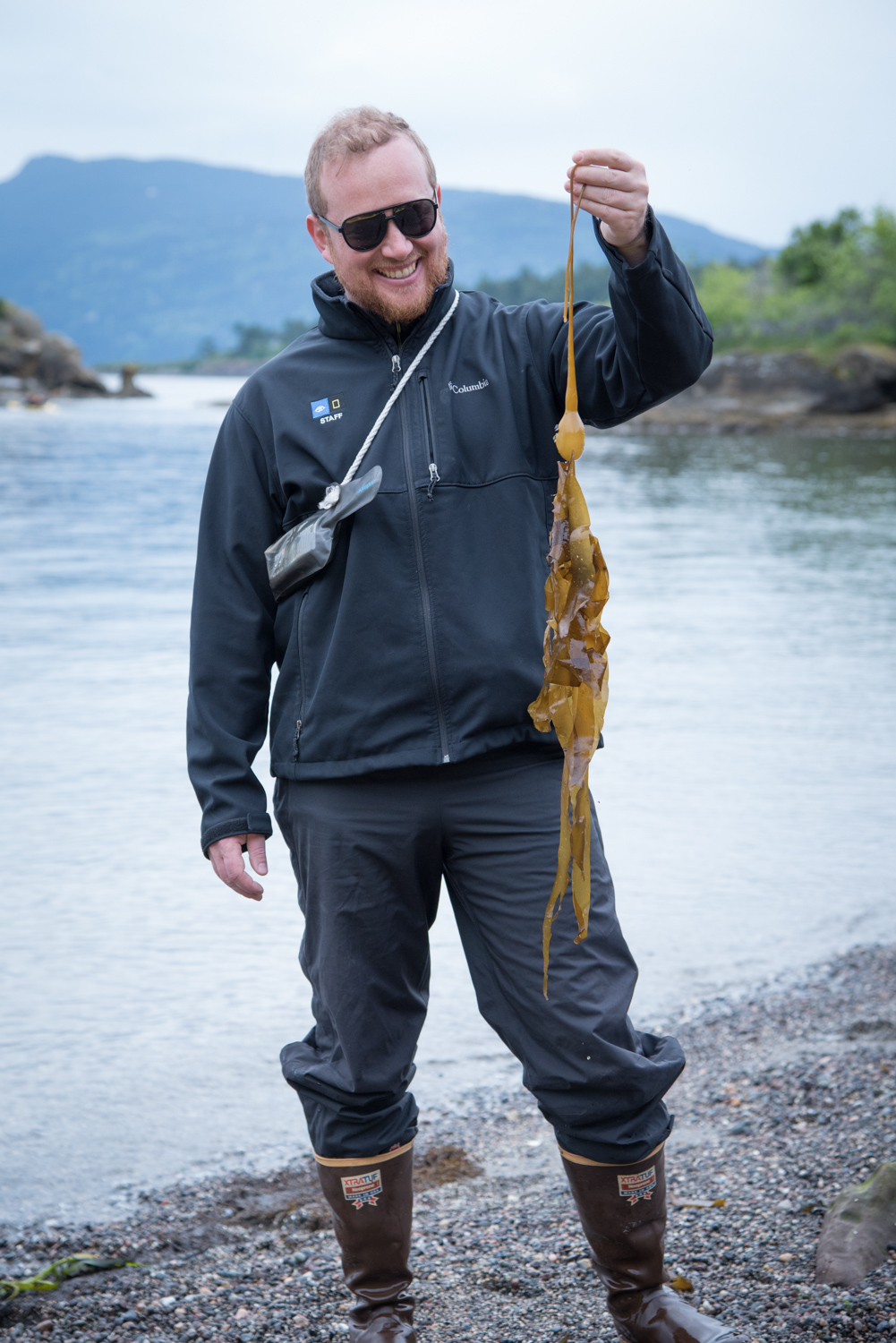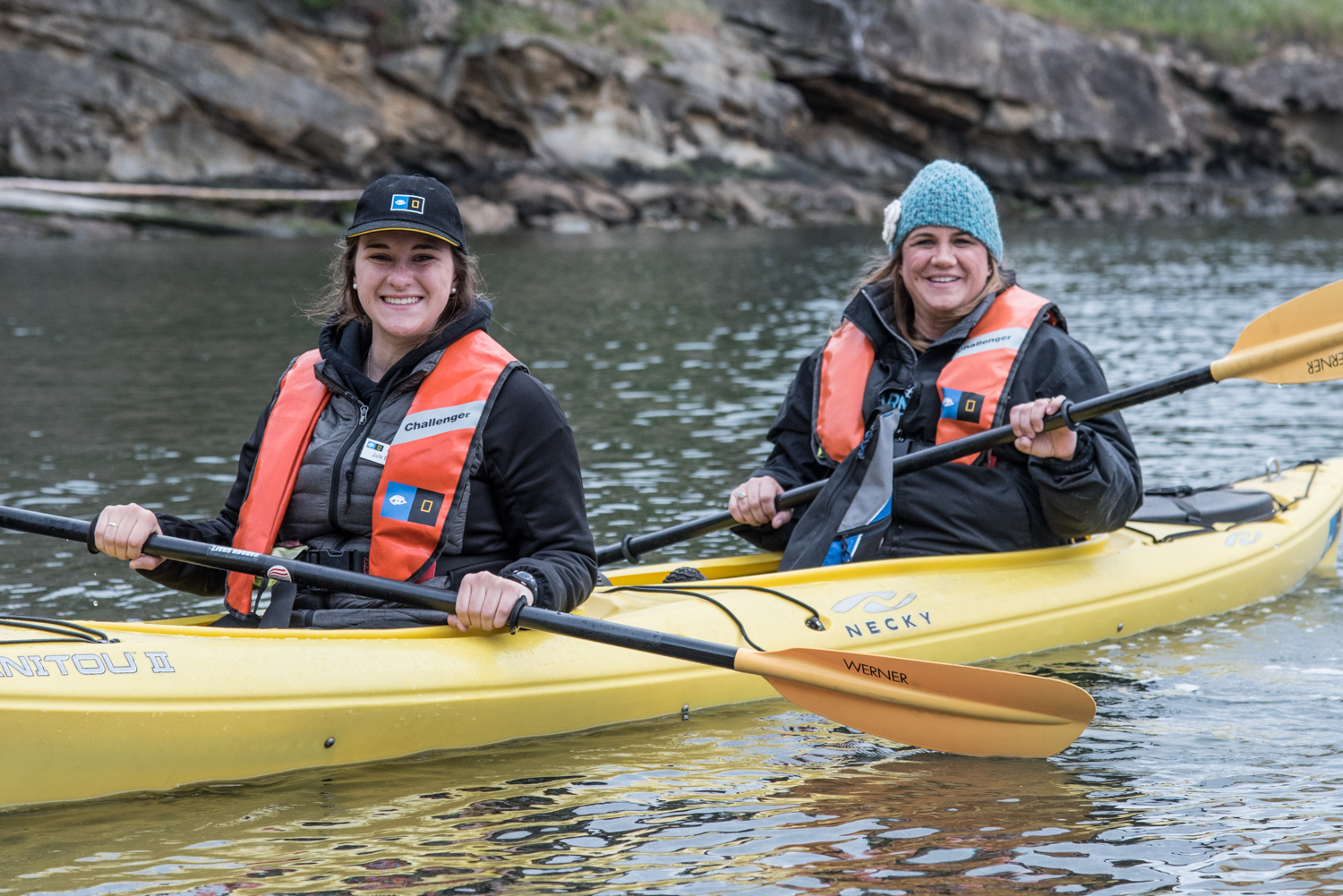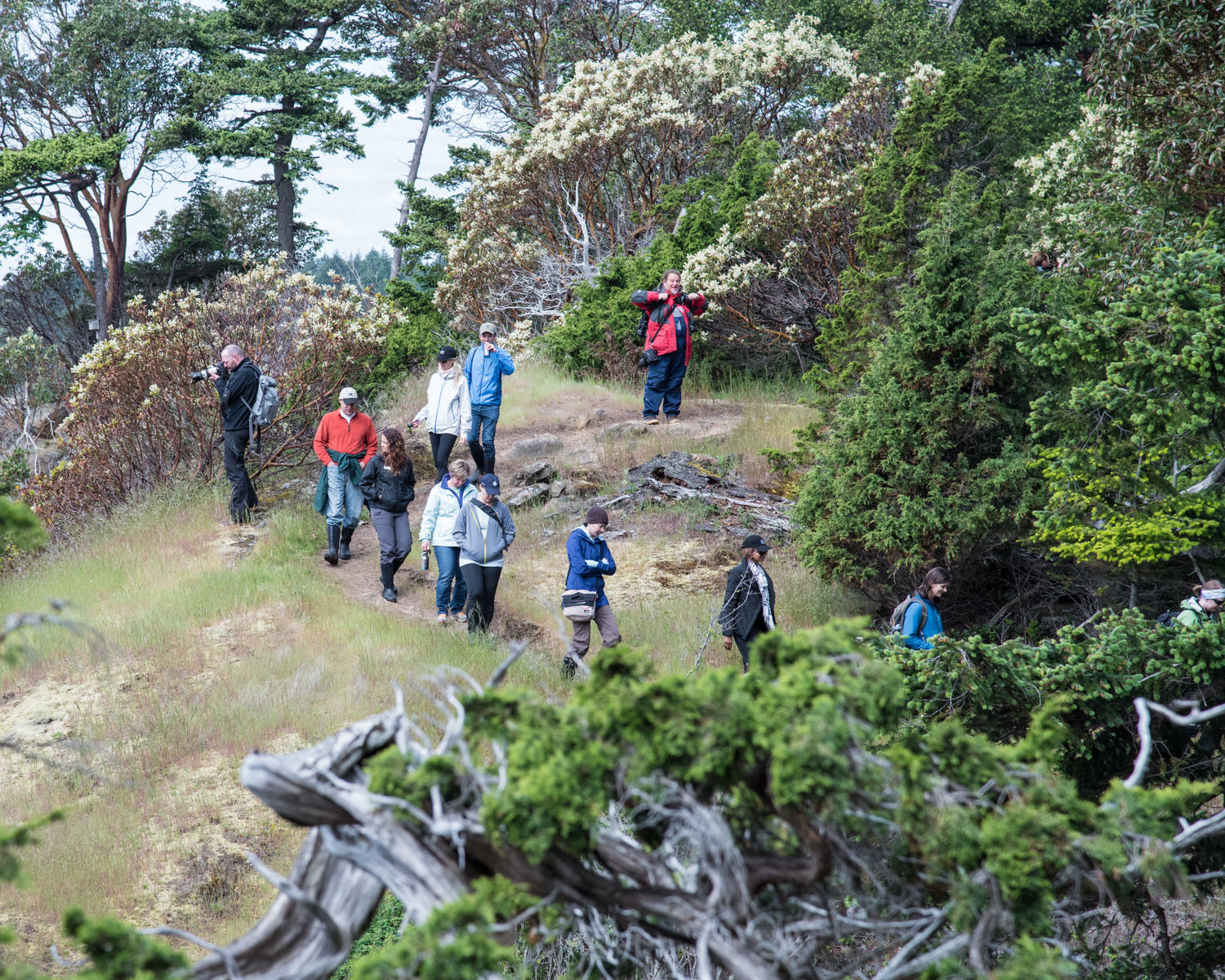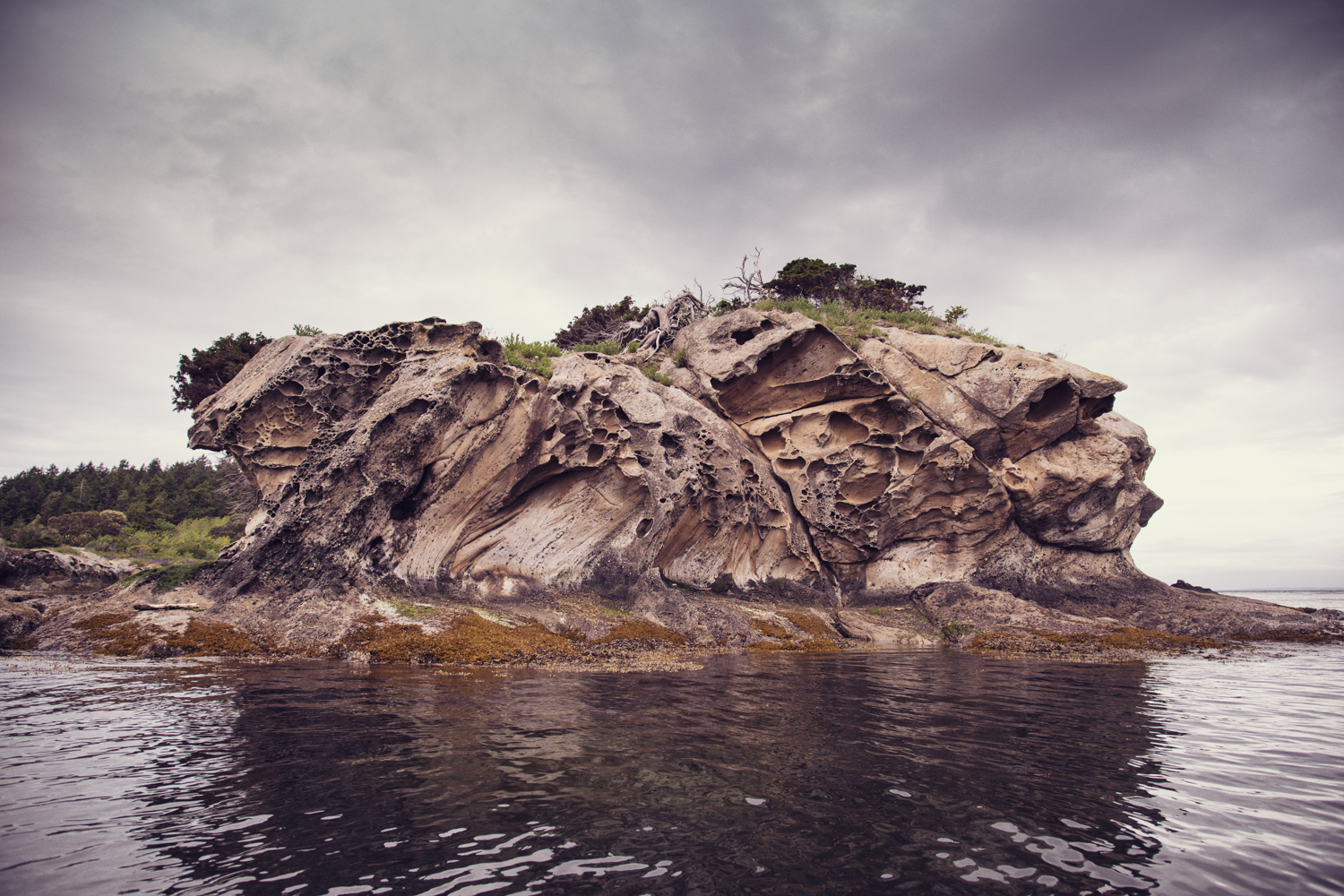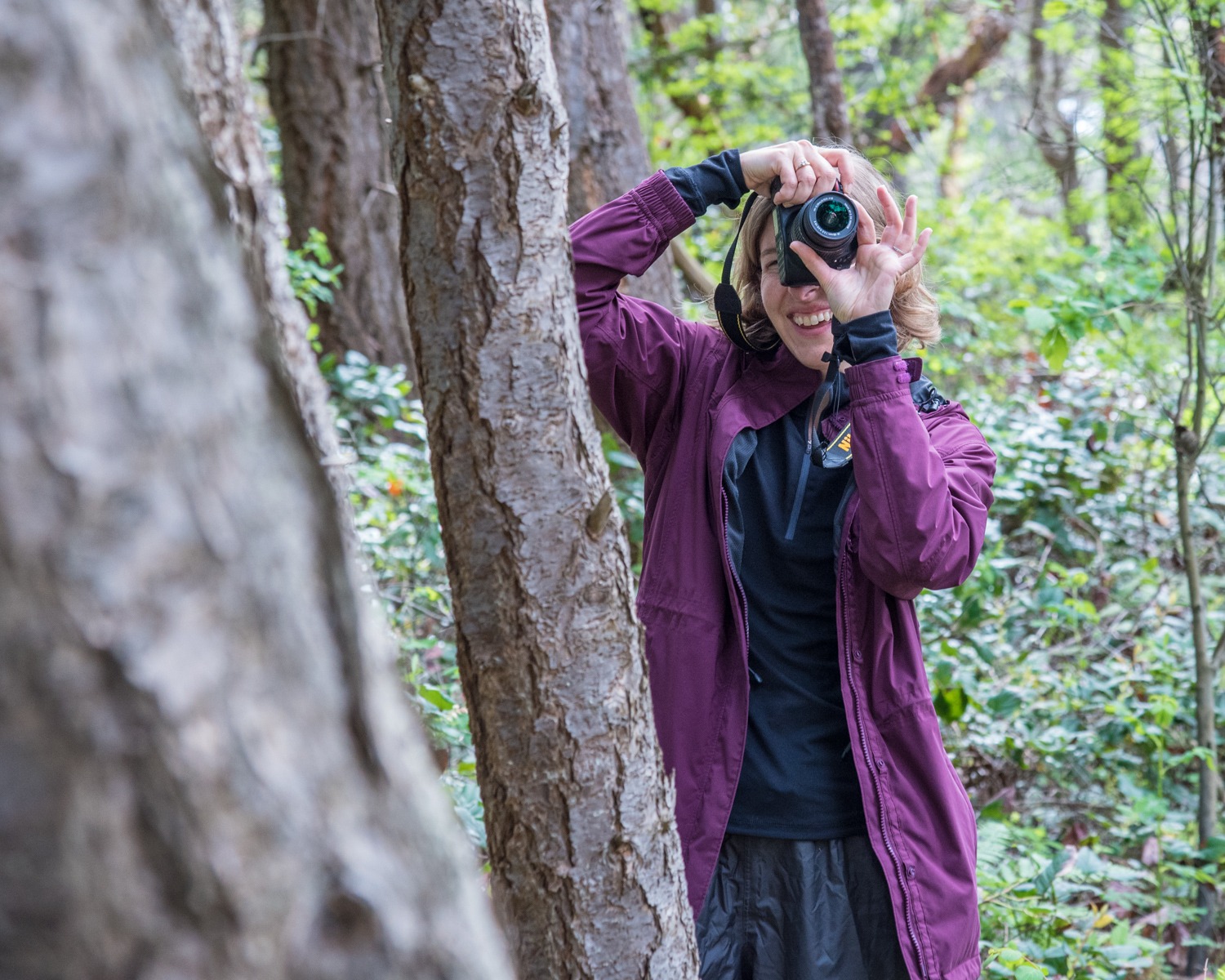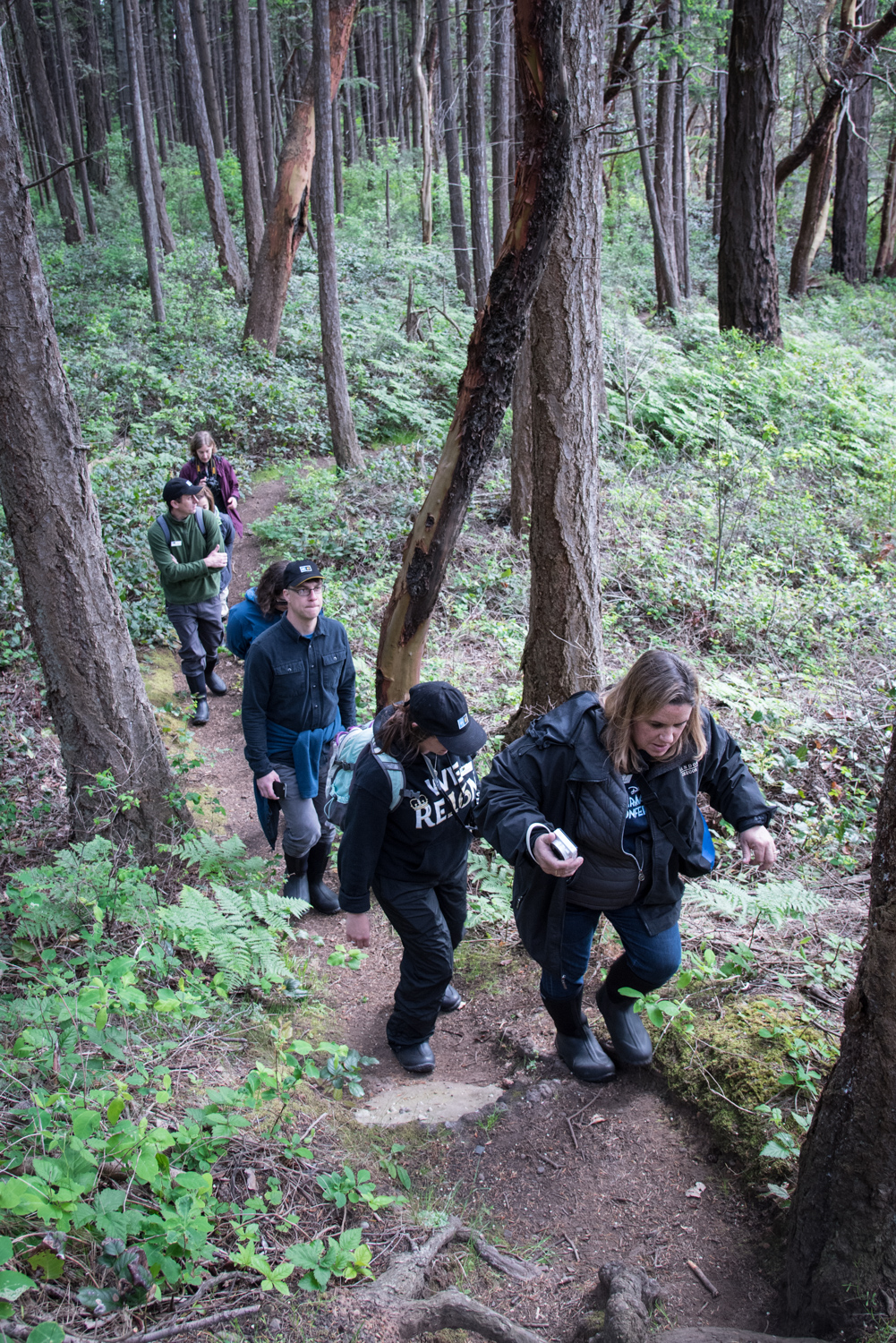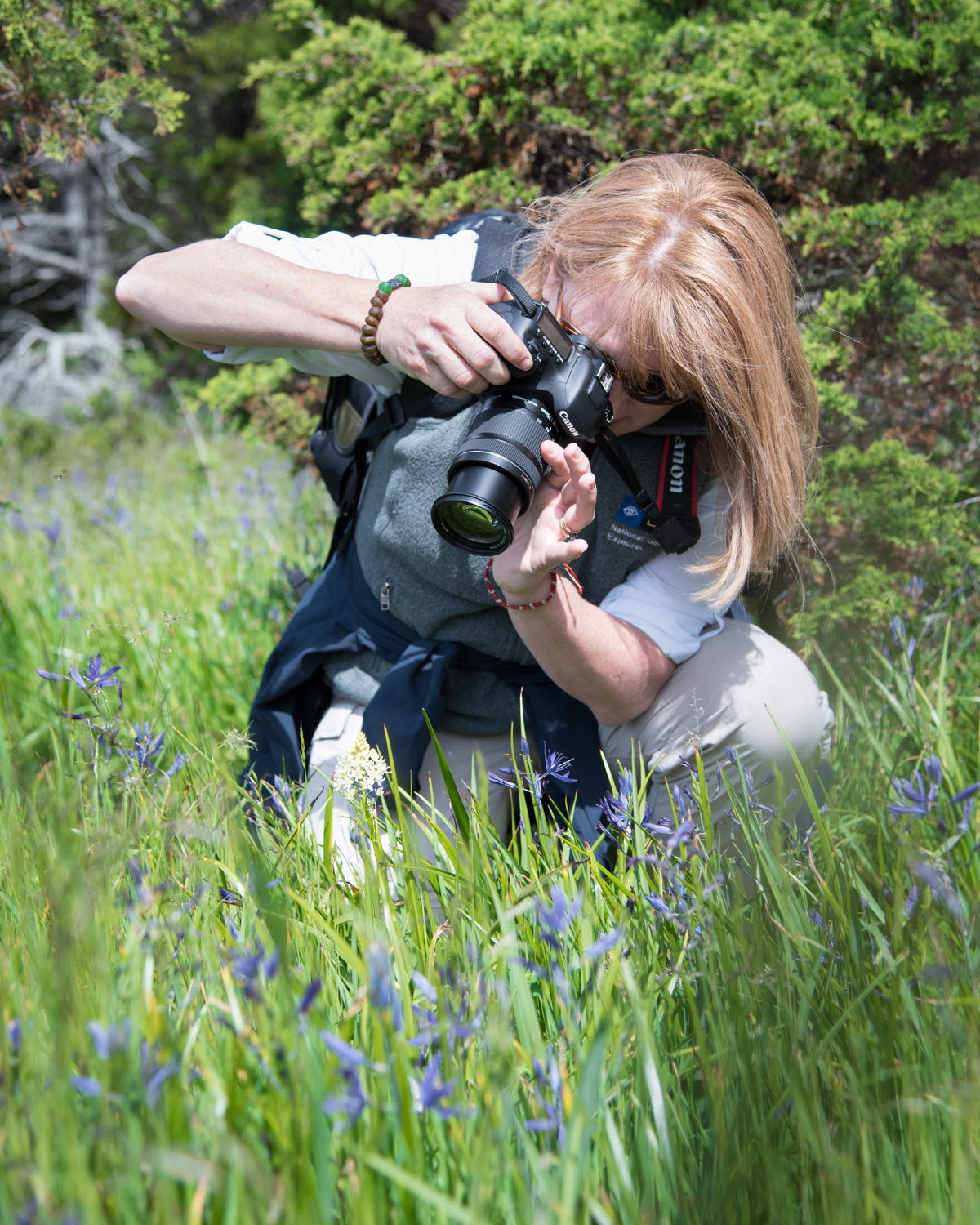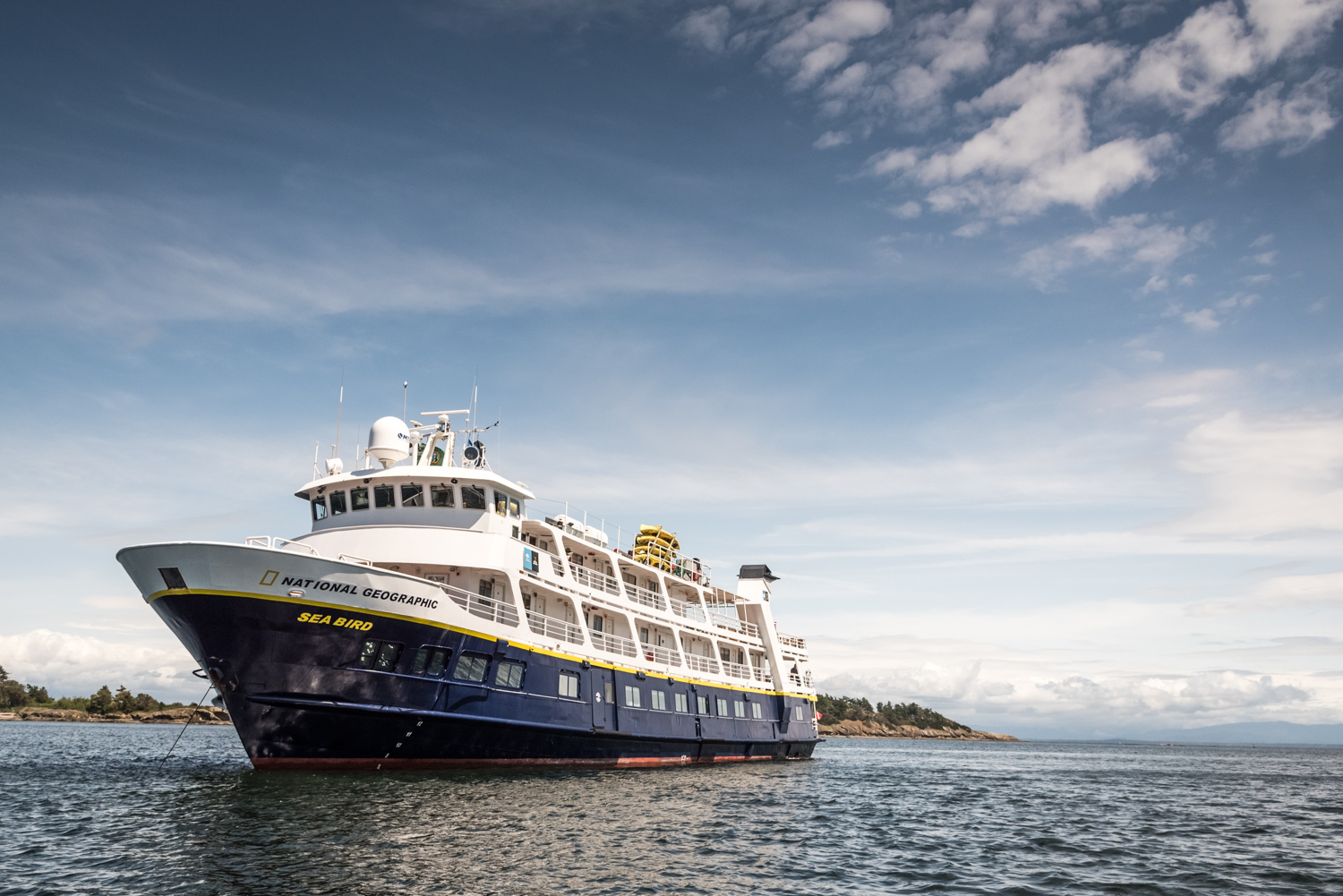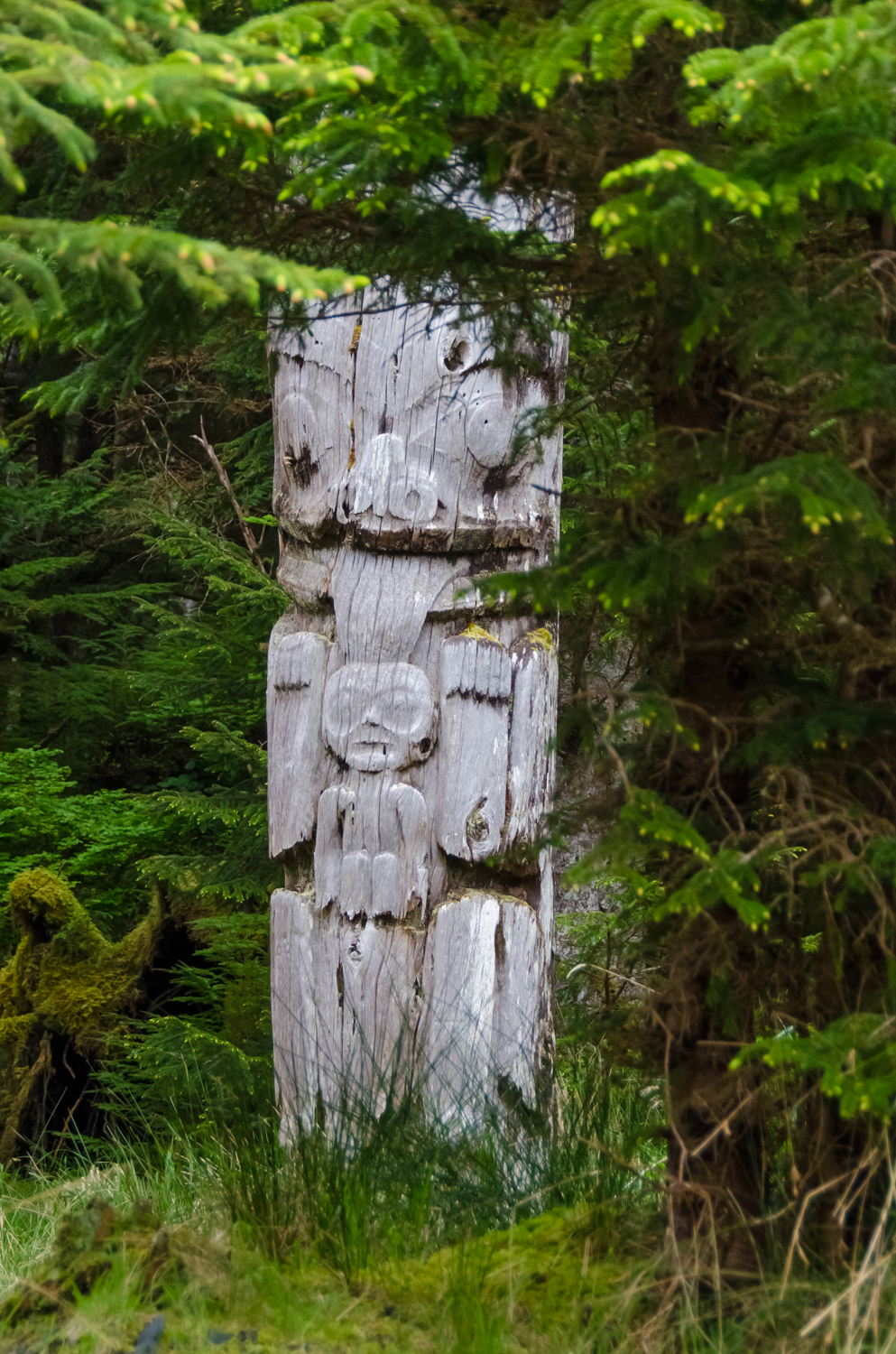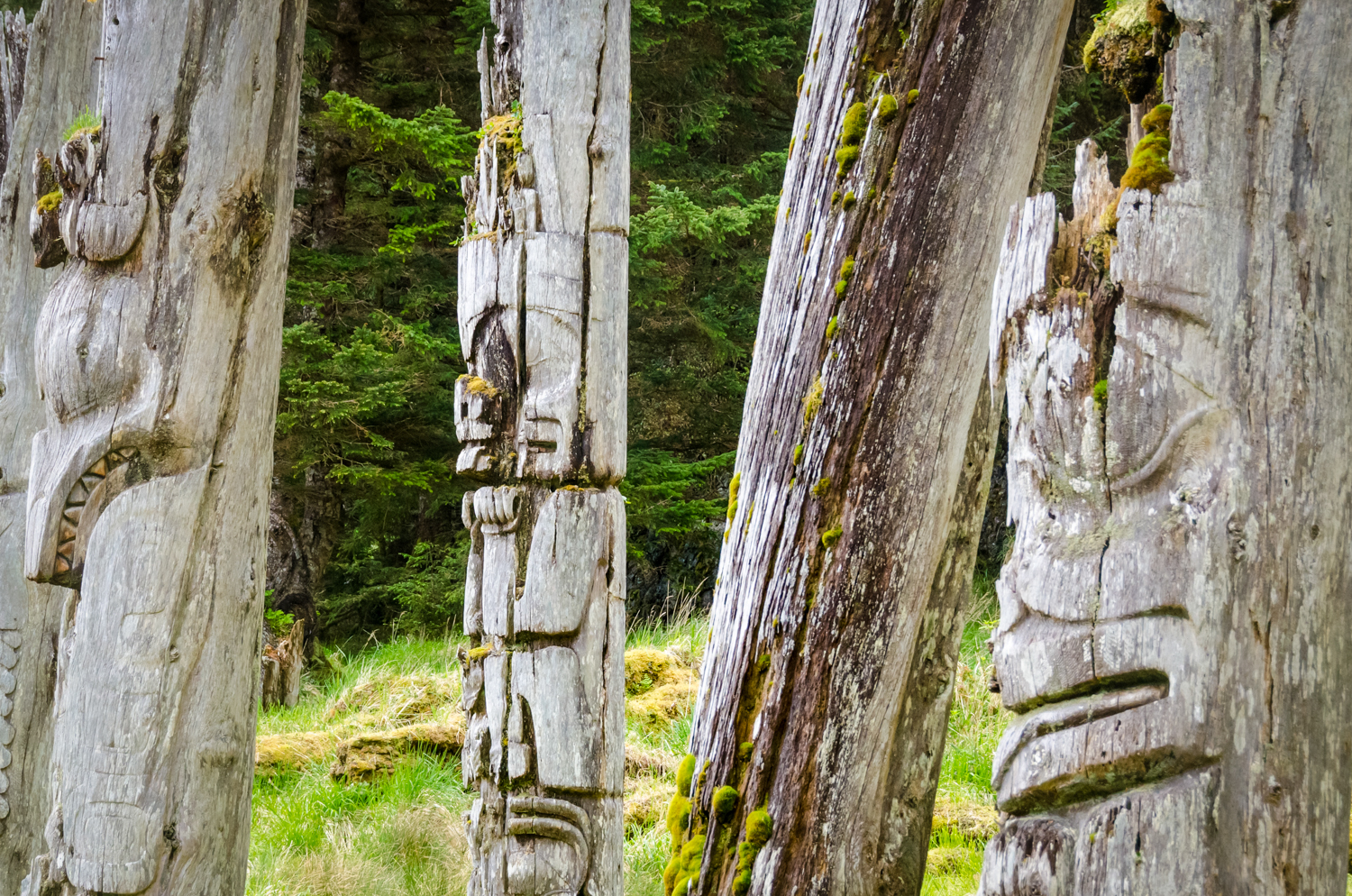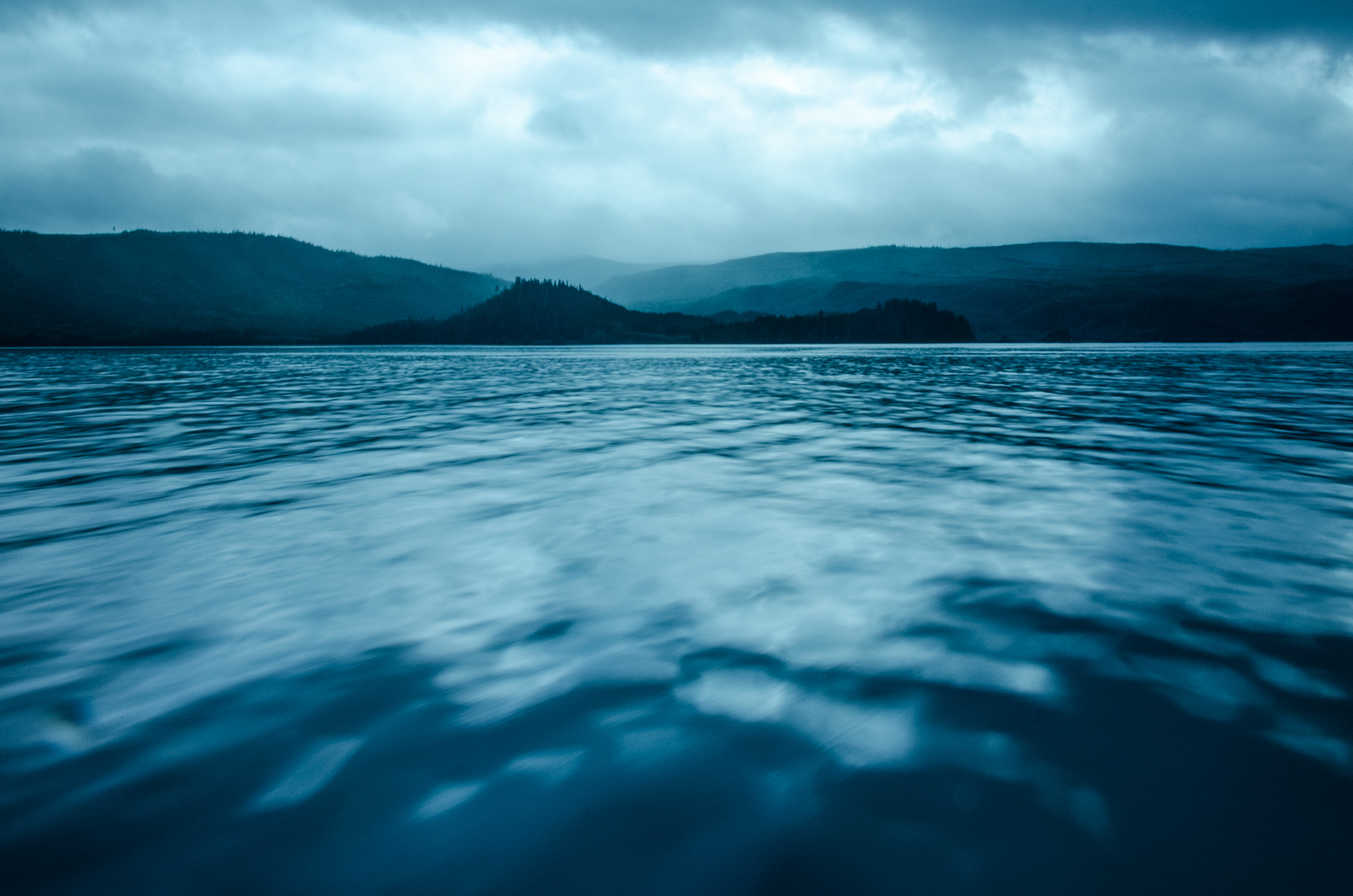Capturing Philadelphia's 2016 Italian Market Festival
/I get excited when I hear the phrase "Dating back to..." Dating back to means tradition and I, well, I'm a traditional guy. This weekend I made my way to the Italian Market Festival to celebrate the nation's oldest outdoor market. My favorite event is the procession of saints, which begins at St. Mary Magdalen Church, where my great grandparents and grandparents were married, and continues up 9th Street to St. Paul Church. When combined with music from La Banda Verdi (Organized in 1920), other music acts and food stands galore, the festival makes for a tradition I like to take part in year after year.
Here are a few shots from this year's festival.
The Last Time (A Toast to Exploration)
/Recently I was inspired to write a toast for a group traveling aboard the National Geographic Sea Bird in the San Juan Islands. We were together for only two days but in that time were able to hike, kayak and spend a sunny afternoon watching killer whales feed. At one point during the hike I noticed a woman bending down to touch some flowers and I bent down to do the same. I wondered, when is the last time I did this? It got me thinking. That night, I read this. It received a great response, so I'm sharing it here with you:
The Last Time (A Toast to Exploration)
When is the last time that you knelt down and felt the ground beneath your feet? When you ran your hands over juniper roots or purple petaled wildflowers, and wondered about the world around you?
When is the last time that you noticed a sweetness in the air, and breathed deeper to fill your lungs, purposefully, wakefully?
When is the last time you didn’t care about getting your shoes wet? Or lying on the ground because, hey, that’s the only way to get the shot?
Or when you stopped—just stopped—and in the silence of the forest, listened to a bird’s singular song?
When is the last time you said wow? Or tasted something so delicious you put your fork down to really taste it. Or when you were consumed with anticipation—for killer whales this afternoon, or, maybe, for dessert tonight?
Did these times make you feel excited? Awake? Alive? For me, all of the above. If you felt the same, we should cherish that. But here’s the thing about last times. We cannot let them be the last time—not for ourselves, not for others.
This world is too interesting, too rich, too incomprehensibly magical to exist without us peeking around every corner, turning over every rock, asking every question. In our time here, there should not be lasts, only firsts and nexts. If we keep to that, what great discoveries we can make.
So let’s raise a glass and toast--to exploration, to inspiring others to explore, and to the next time that we can all do it together.
~Thank you.
Seattle in Black and White
/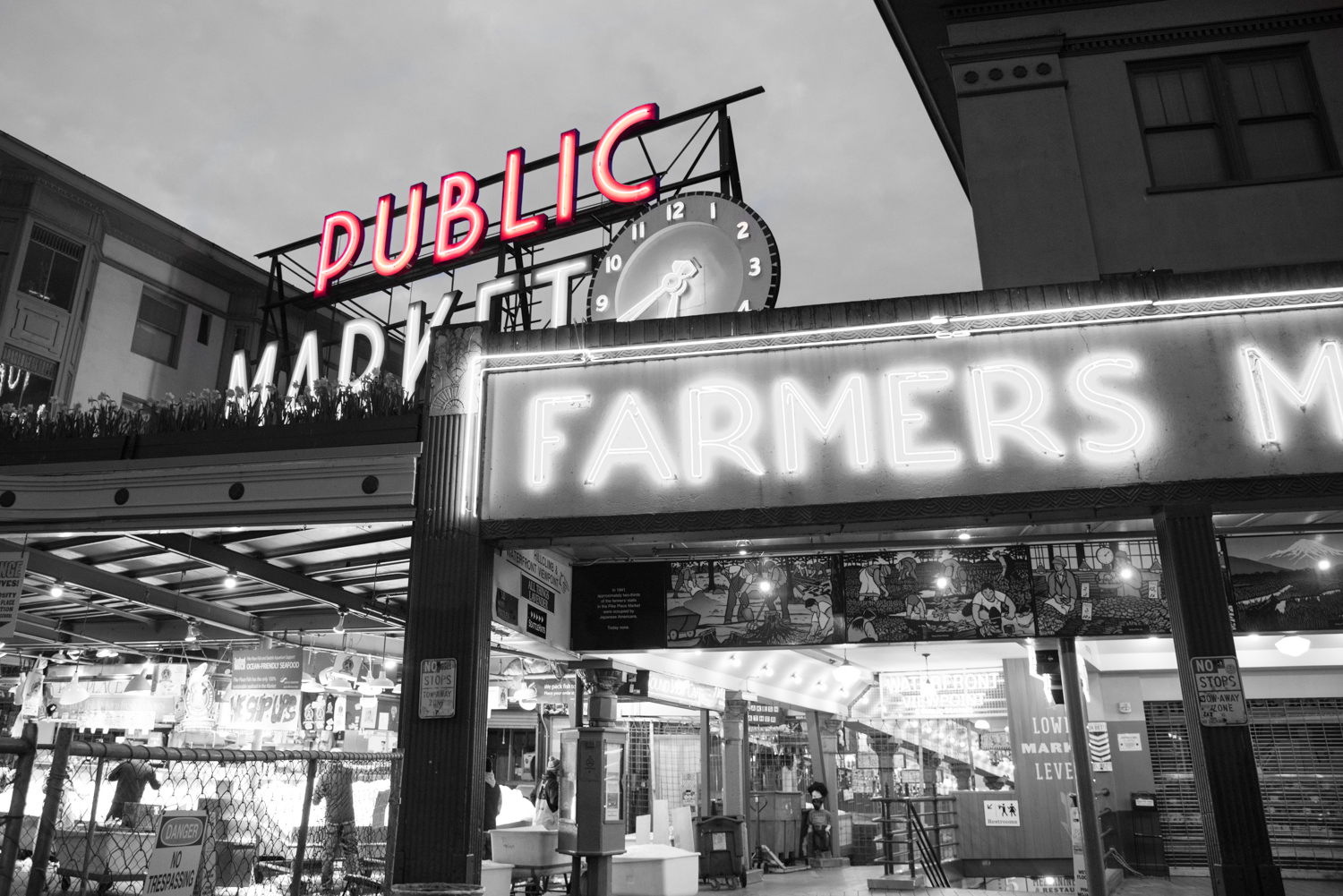

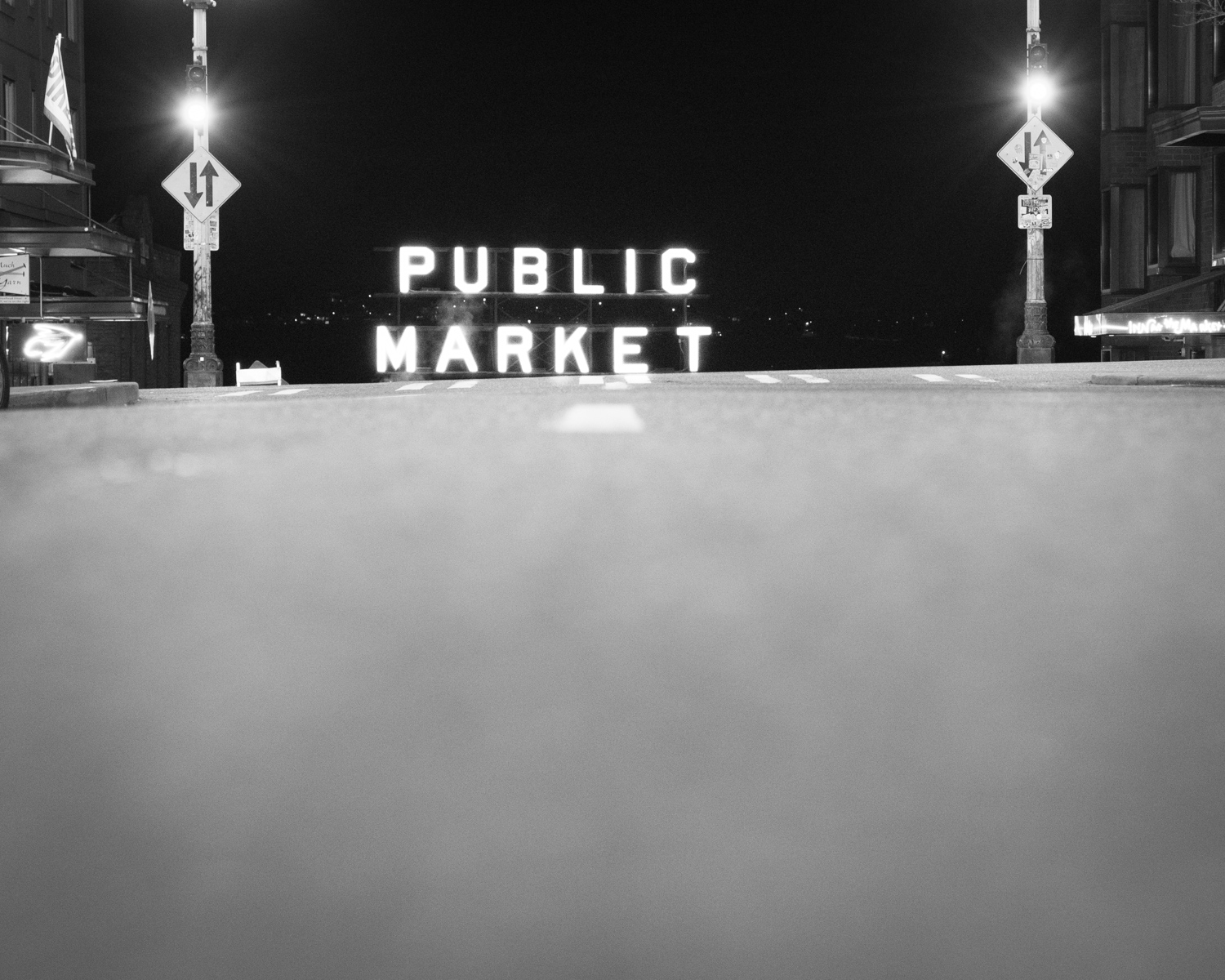
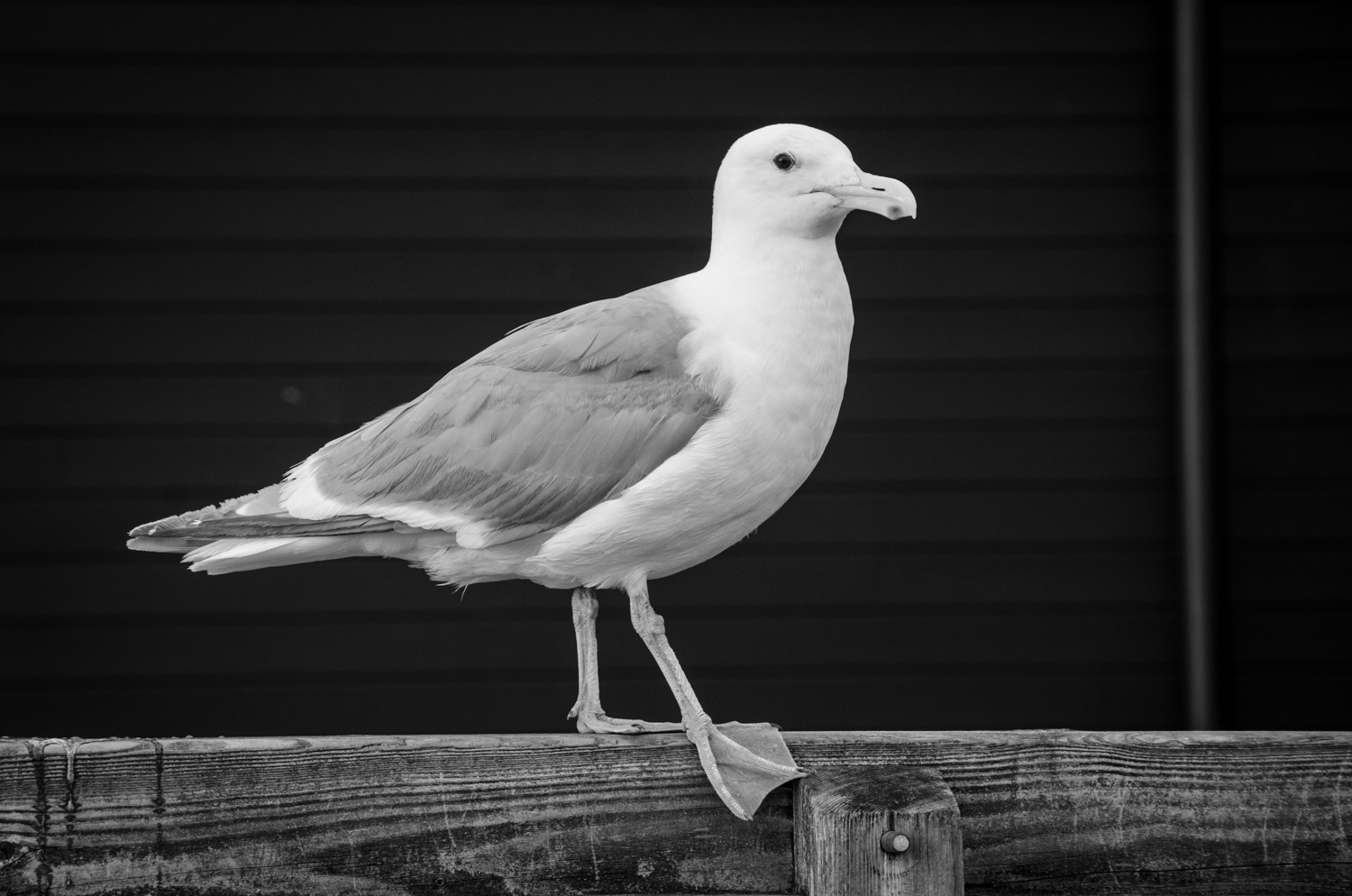
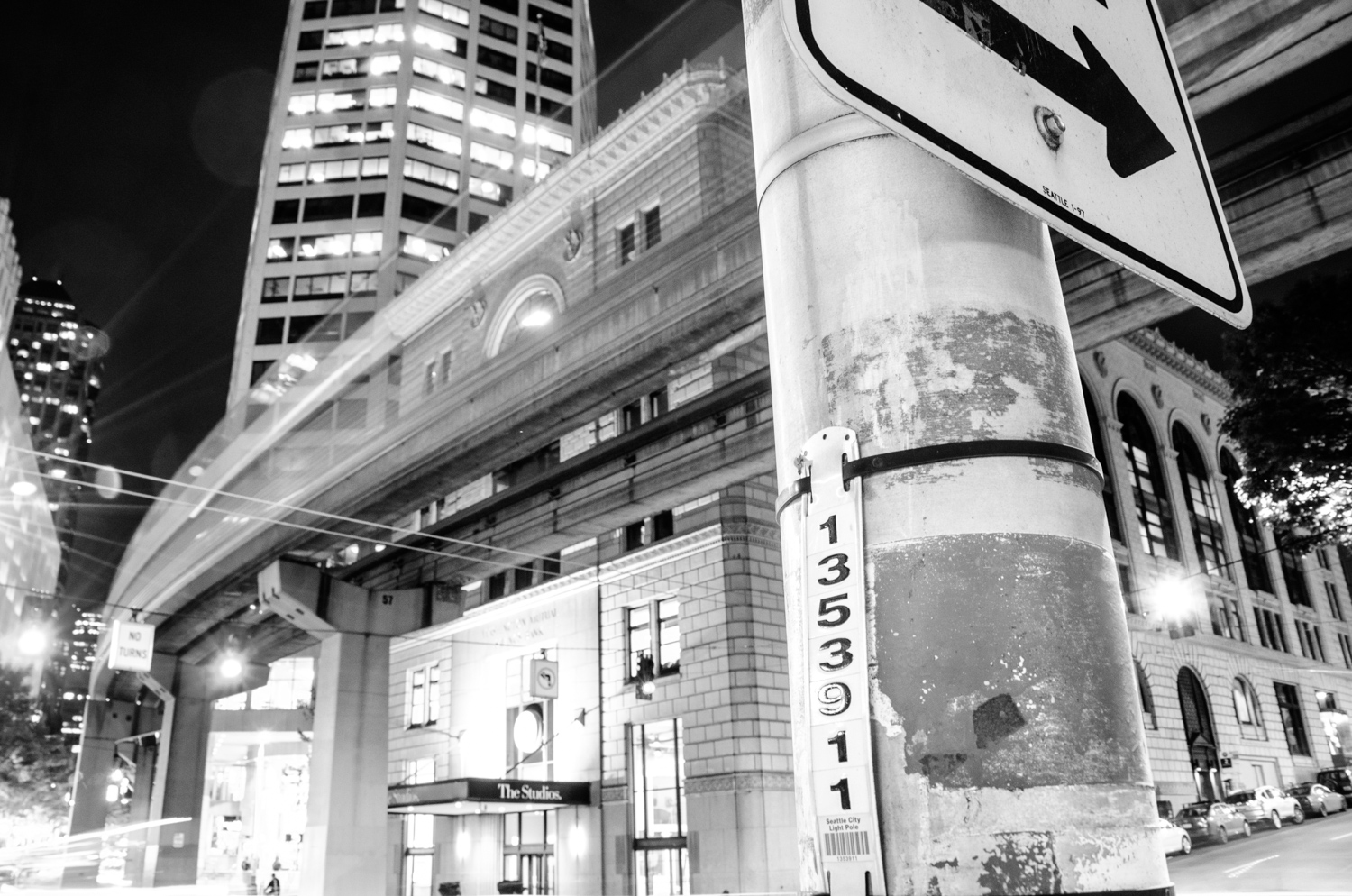
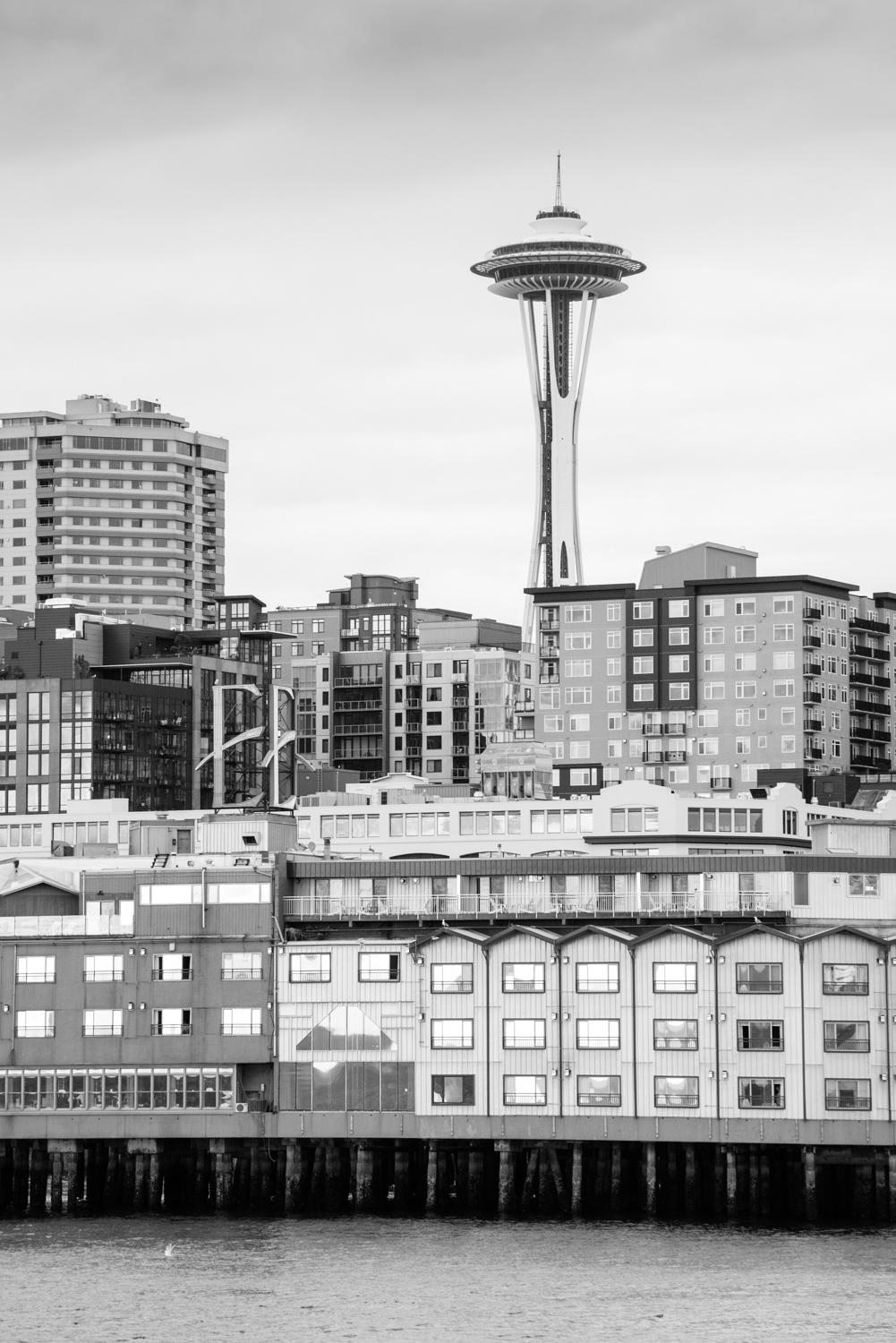

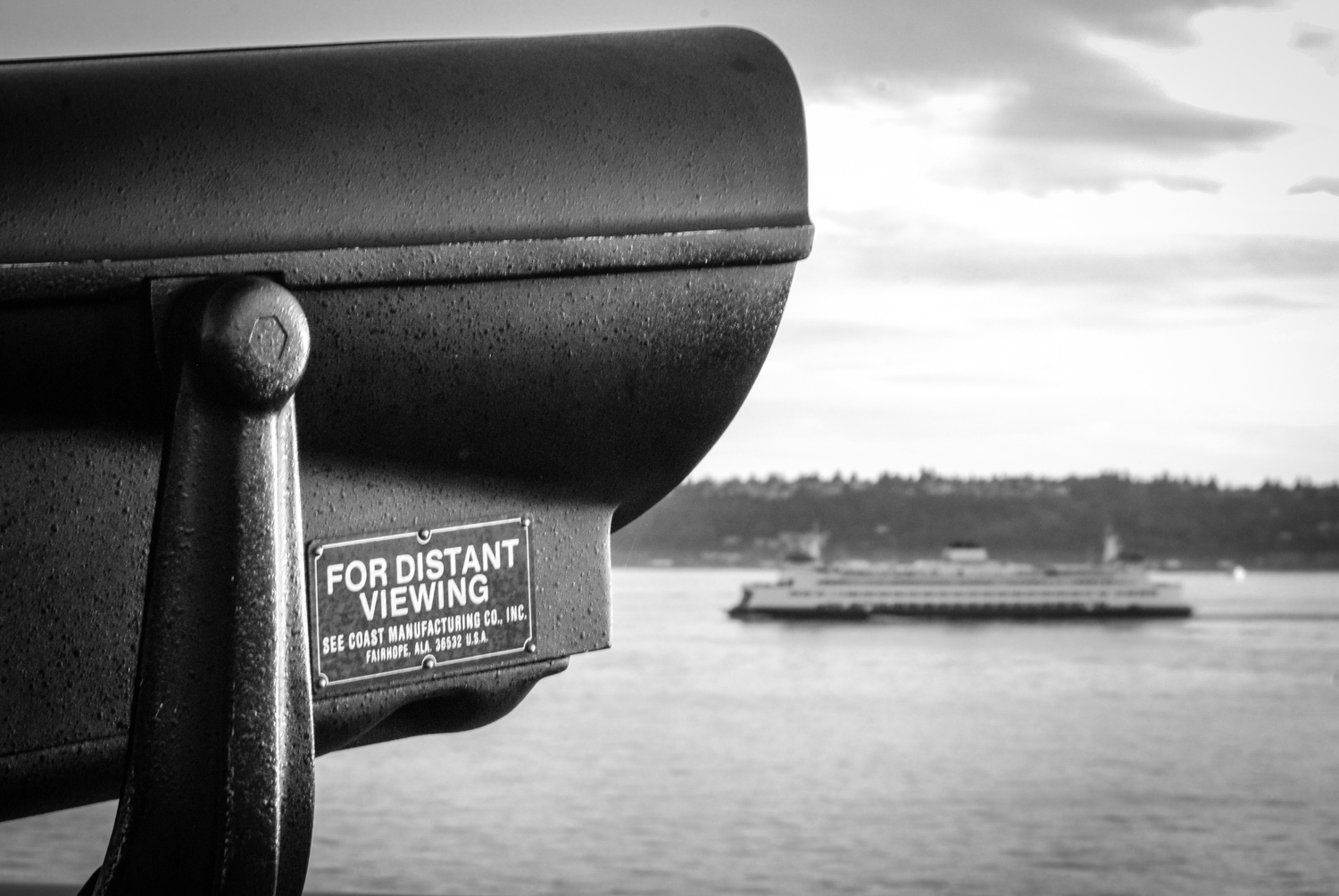
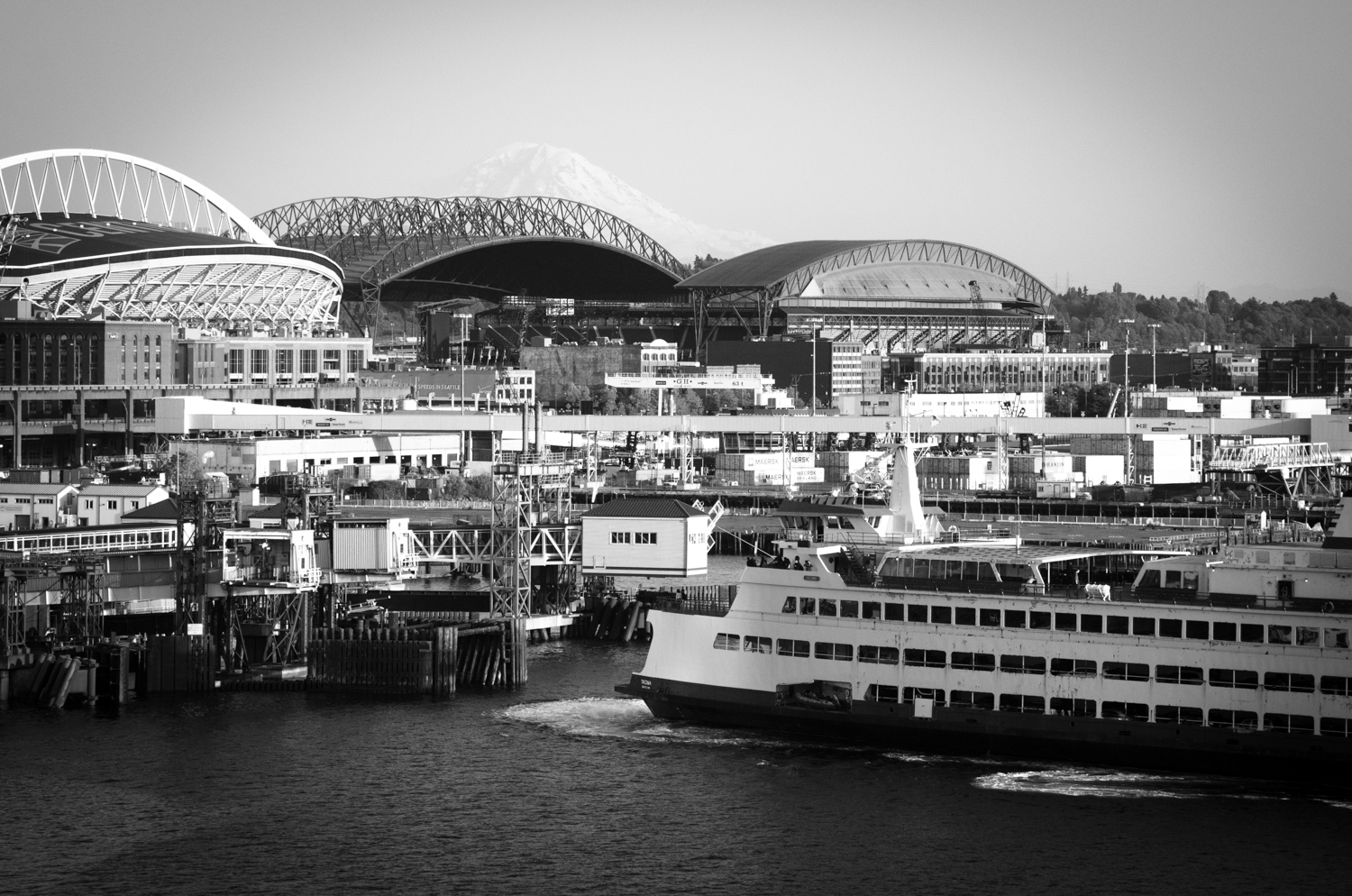
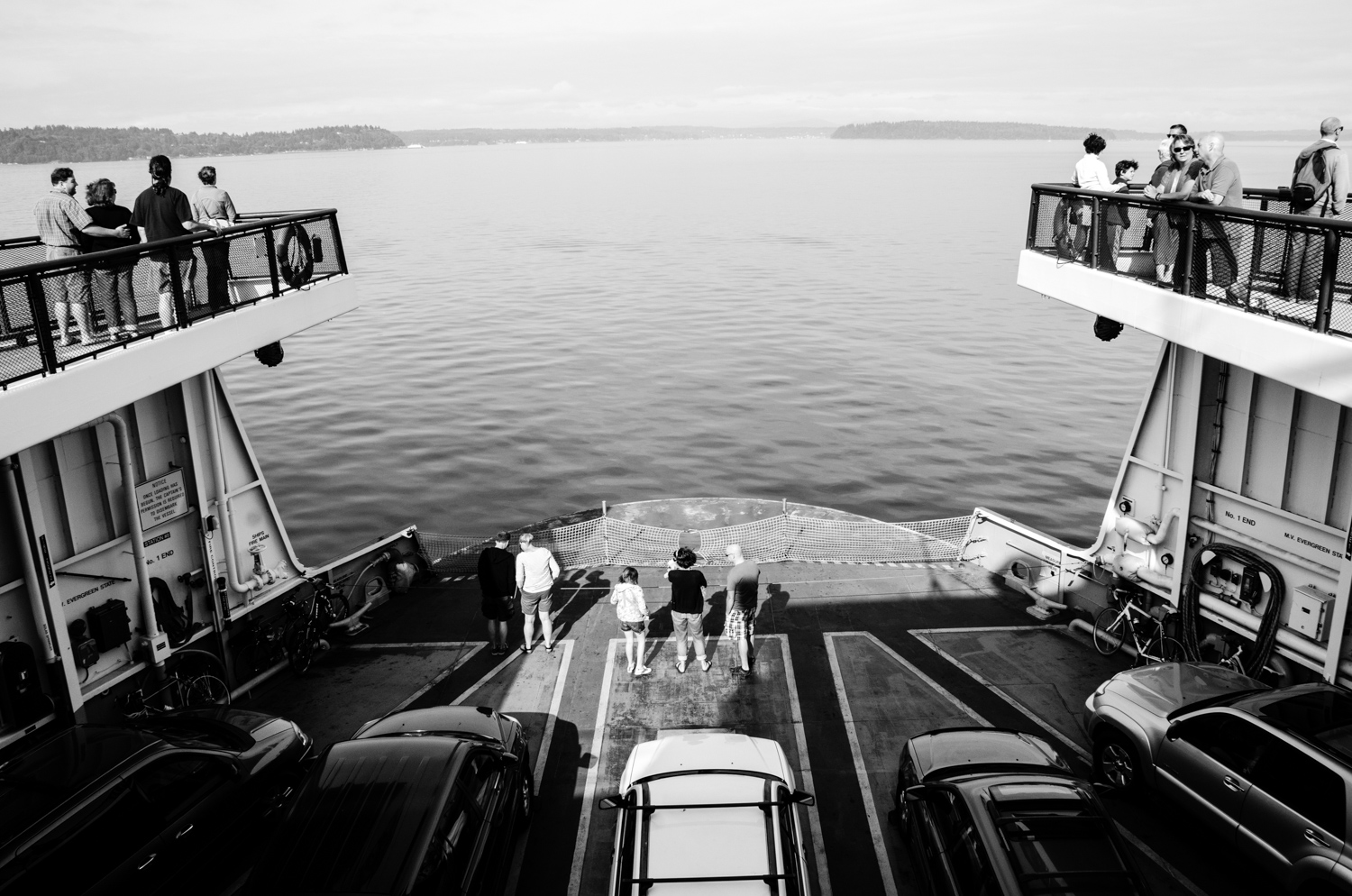

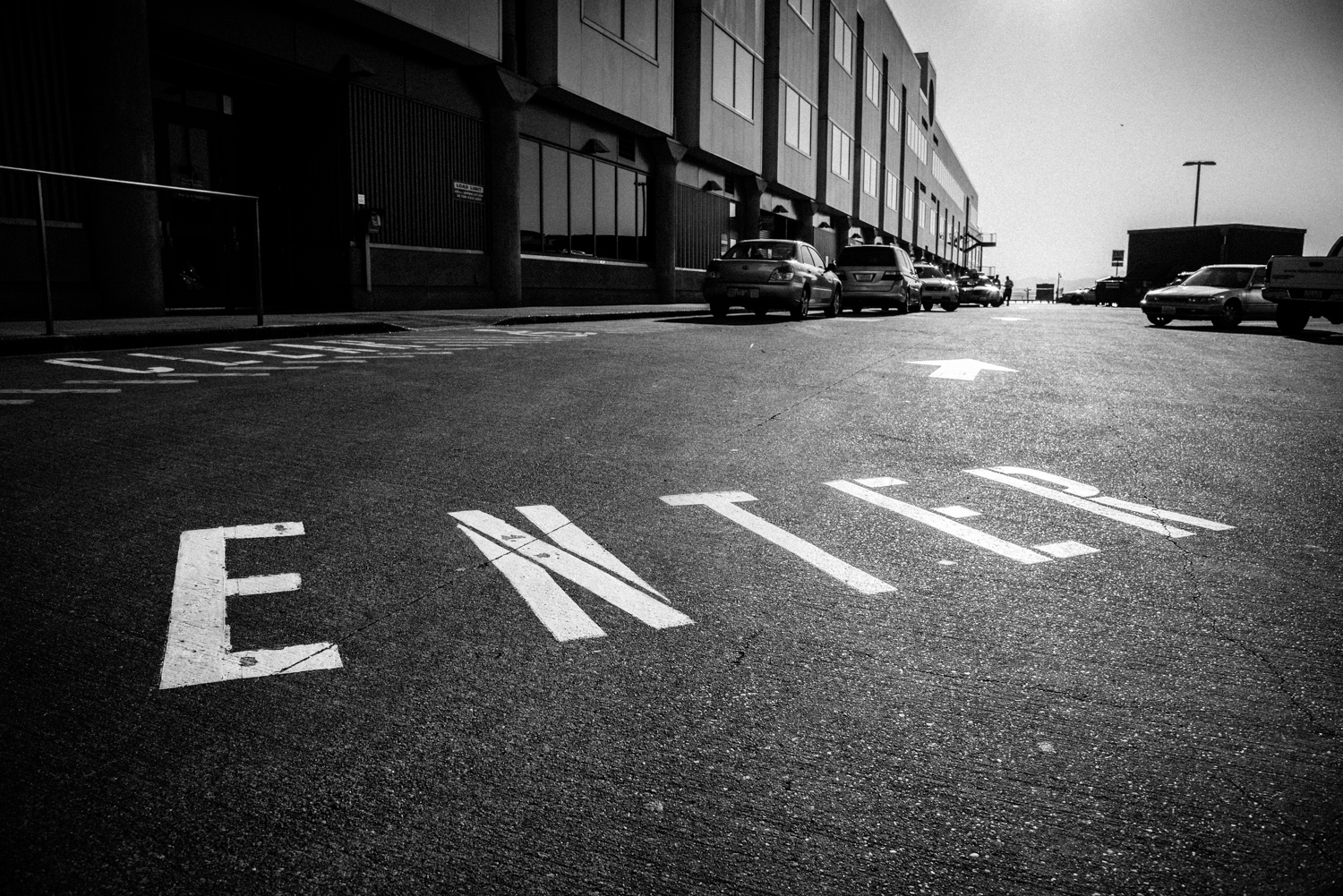
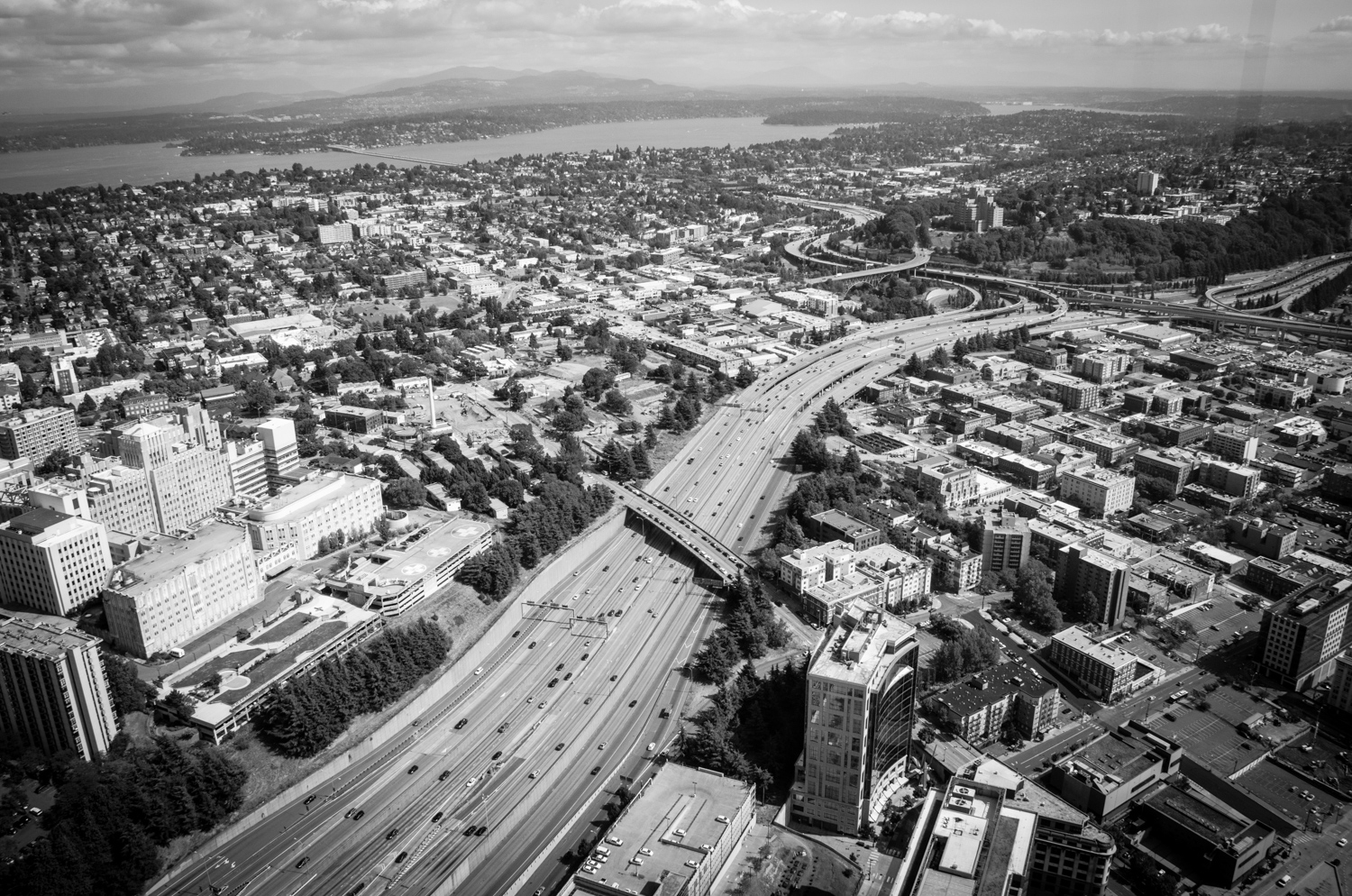
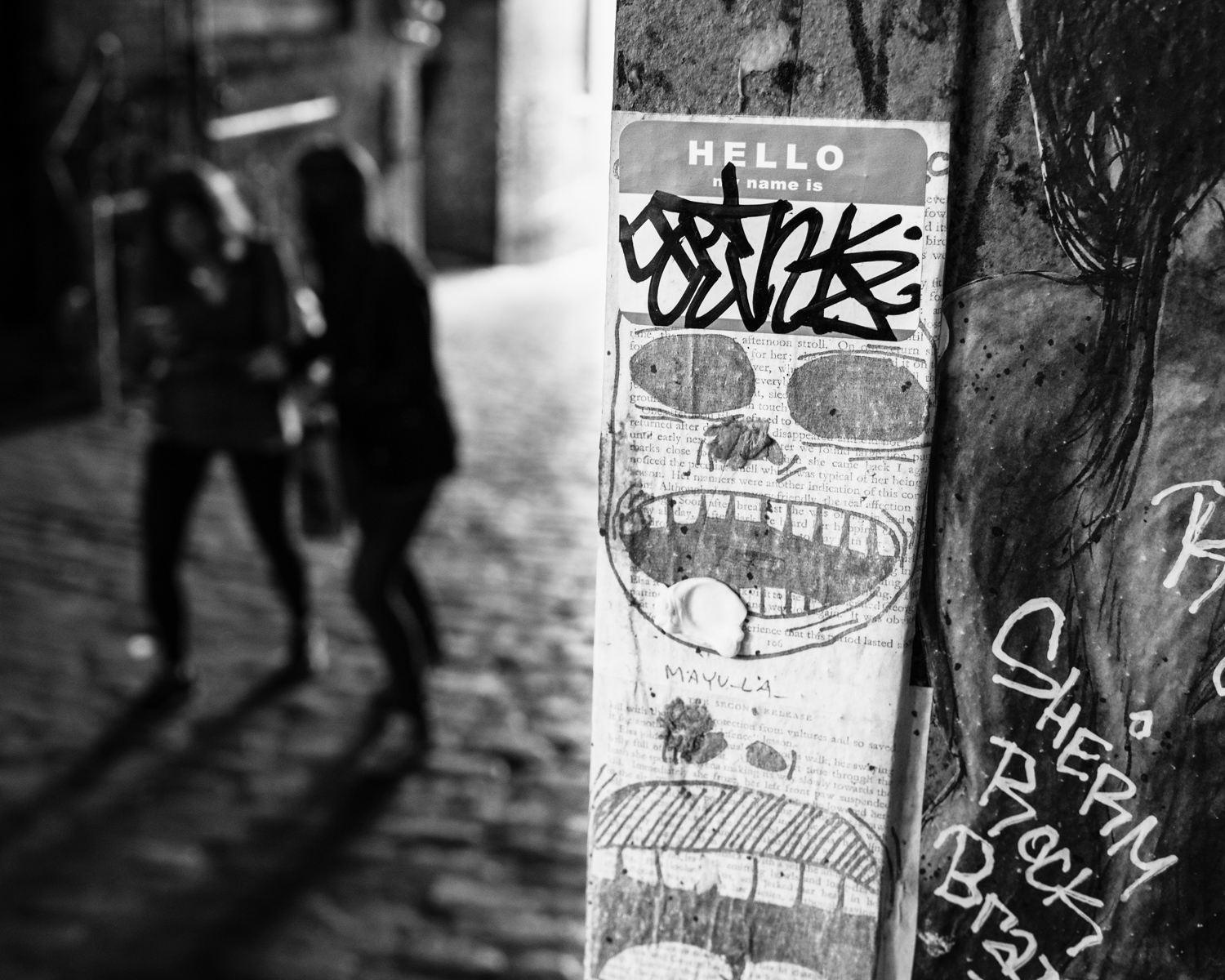

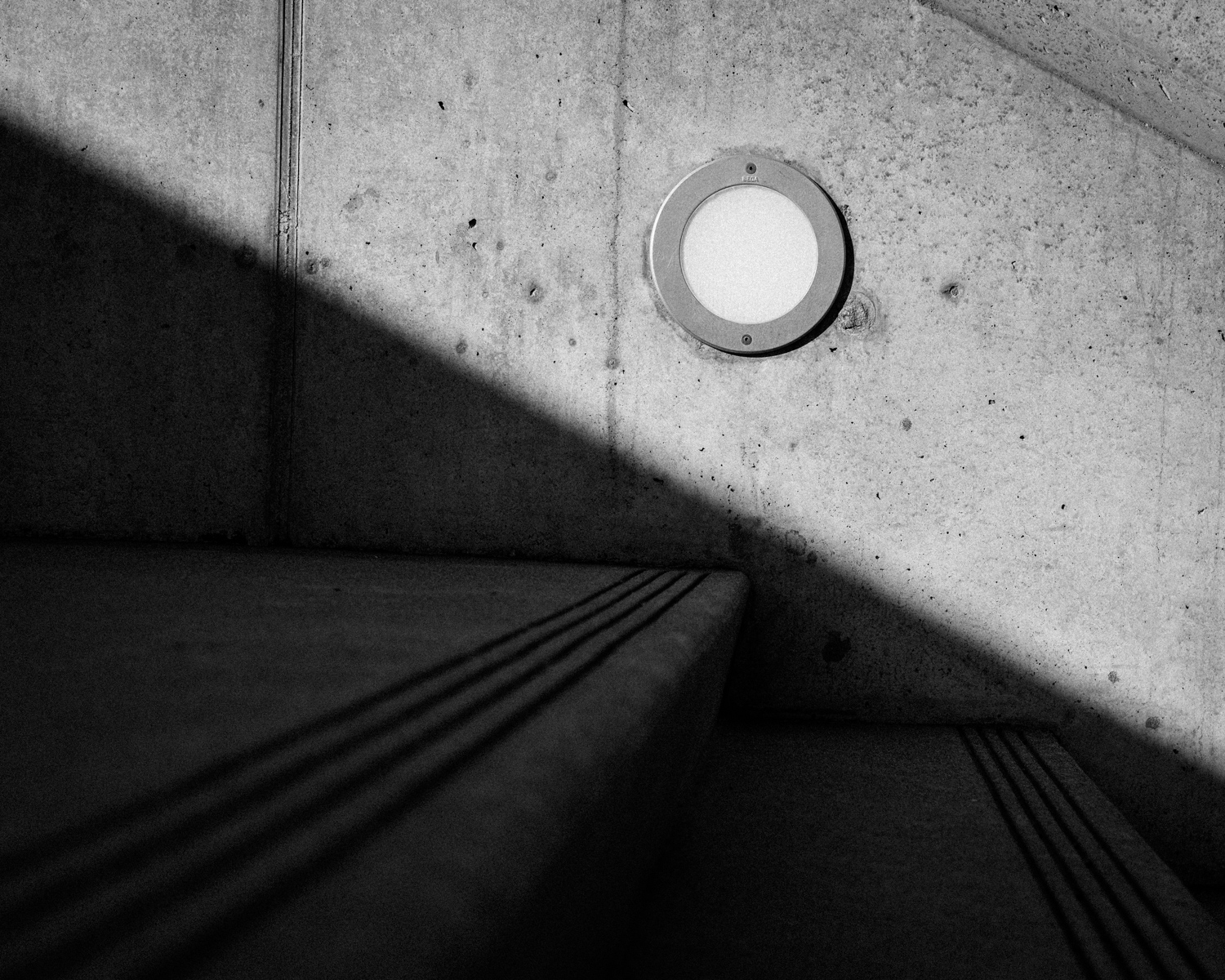
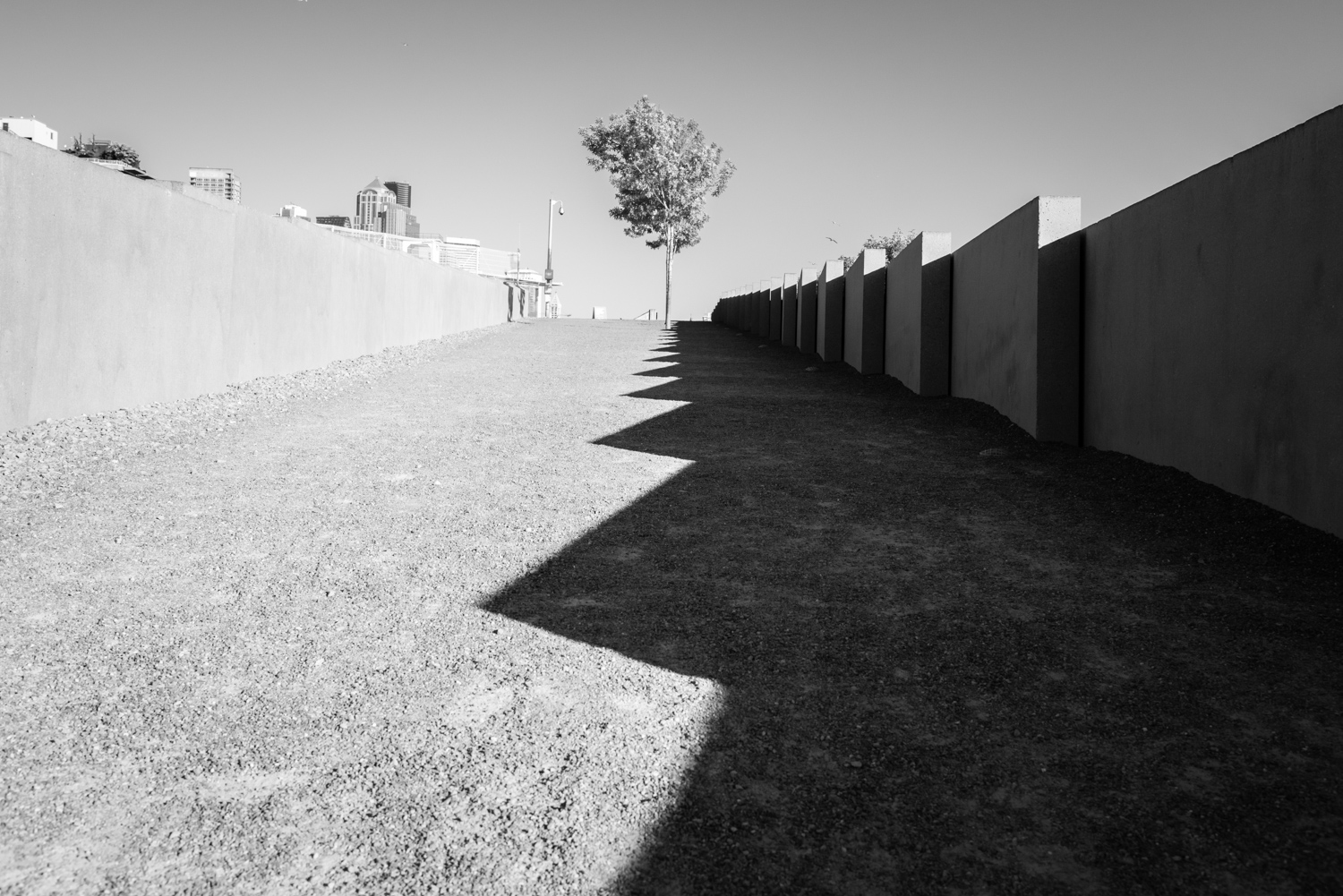
With offices in New York City and Seattle, I have no shortage of photographic subjects when I find a little down time from Lindblad Expeditions work. On two recent trips to Seattle I wanted to shoot for black and white. I learned that focusing on black and white, and, by default, the contrast between the two, it can help you see light. I have a long way to go, but am happy with the results of the outings. Here are the results.
On Hallowed Ground in Haida Gwaii
/Exploring the British Columbian Archipelago’s Most Remote Sacred Site
By Marc Cappelletti
I am walking in the footsteps of chiefs and carvers, warriors and weavers, shamans and slaves; people as connected to the land as the very trees from which they once made their homes. The ground is soft. It is sacred. And it lies at the edge of the world—Haida Gwaii, British Columbia.
I am standing on shore at the ancient village of SGang Gwaay Llnagaay, formerly known as Nan sdins or Ninstints, on the eastern edge of SGang Gwaay (Anthony Island). The most remote place in Canada’s most remote archipelago, some 160 miles south-west of Prince Rupert, the environment here is as abundant in natural and cultural resources as it is unforgiving. So abundant in fact that UNESCO listed SGang Gwaay as a World Heritage Site in 1981, the same year that they cataloged the Serengeti, Great Barrier Reef, and the Old City of Jerusalem and its walls.
Just up from the rocky landing site, we have our first look at the eroding and silvered totem poles that line the shore. Made from red cedar, they are carved to display the crests of those who had them made—eagles and ravens, bears, beavers and more. The poles have endured for 150 to 200 years or more. Though they are withered, still feel alive.
“Each pole contained the essential spirit of the individual or family it commemorated,” said famed Haida artist Bill Reid. “…as well as the spirit of the artist who made it, and by extension, the living essence of the whole people..."
Some poles, known as mortuary poles, were erected to hold the remains of the village’s high ranking chiefs, who at one time looked after hundreds of inhabitants in an area no larger than two square miles. For the Haida Watchman who live in a small cabin on site and greet visitors, they are showing us the physical and spiritual remains of their ancestors. Ask them about the poles and their spines straighten.
“These men watched over our people and this land,” one of the watchmen, Ken, himself a carver, says of the chiefs. “Now we are here to watch over it while they are in the spirit world.”
Barbara Wilson, a Haida educator, resident of Skidegate Village, and cultural interpreter for our voyage, explains further. “It was respectful to put our chiefs up high on the mortuary poles and not to bury them in the ground. It was the ultimate sign of respect. And we are honored to have them amidst us, even after their deaths.”
The village site is much more than its totem poles. Large cedar beams on the mossy forest floor show where longhouses once stood. Centuries old, they are a reminder that these “islands at the edge of the world” have for so many been the islands around which the world turns. I snap a photo, knowing it is like taking a shot of a wave and calling it the ocean. “SGang Gwaay Llnagaay is a special, special place,” Wilson says when I ask what the village means to her. “It’s…” she pauses and I sense that she wants to pour a lifetime’s worth of emotion into what comes next. But it’s too much. She takes a breath. “…It’s just a really special place.”
There is a reason for her hesitation. In the mid-19th century the total population of Haida Gwaii was ravaged by an introduced smallpox epidemic and a once a mighty Nation of around 25,000 fell to below 600. Whatever art, stories and sacred ways of life they had left were stripped by Christian missionaries. The last of the Haida left SGang Gwaay for good in 1880. The remains of their chiefs stayed behind.
With damp eyes, we follow a trail away from the village site, through deep, vertically-walled gorges and lush patches of cedar, spruce and alder. We link up with a second Watchman, Nick, who is the college-aged grandson of a Haida chief. It is his first day on the job. He has yet to memorize the information, but he reads with conviction. After a minute his notepad seems to vanish and I find myself looking in the woods for the spirits he describes, as if they could emerge at any moment.
“When I visit those sites I need time to be by myself,” Wilson says. “To just sit and think. And remember the times I’ve been there and heard the beating of the drums.”
She is referring to the drums of her ancestors, which other Haida say they have heard when they are on sacred ground. Having spent time with Barbara and having seen the indelible link between the Haida and their ancestors I can say this: it is not poetic license. She has heard the drums. The drums are real.
We eventually press on, and Haida Gwaii becomes lost to the mist of the Inside Passage. Still, I feel the soft pull of the forest. I want to know more of the totem poles and the drums, of struggles and wildness and prideful people. Like a kid around a campfire, I want to hear more stories. And I will, someday, I know. Because even as we stare at Alaska's soaring glaciers, I see myself walking on hallowed ground again. I can feel the spirits in the trees.
This voyage was taken with Lindblad Expeditions.





